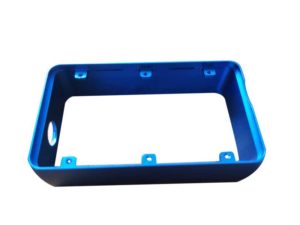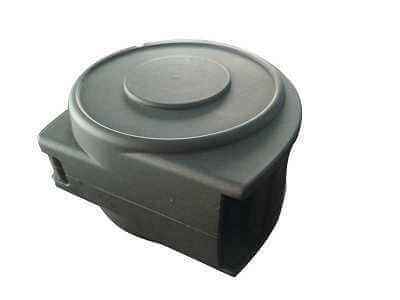If talking about Die
Casting then it is a method of metal casting which is represented by forcing soften
metal under high level of pressure into a mold of steel. Two hard-bitten tool
steel dies are utilized to make the mold cavity that has been effectively machined
into shape as well as work likewise to an injection mold all through the
action. The specific metal hardens fast just after the injection and after that
the part gets perfectly cast out from the specific mold. Zinc
Alloy Die Casting parts are grouped by their distinctive,
textured shells or smooth and dimensional reliability.
Normally, Zinc
Casting make utilization of steel molds known
as dies where soften metal is forced hooked on with very high level of pressure.
The process of die casting is a practical technique which permits for a variety
of stages of complexity in making from steel sinks to small size toy cars. Simultaneously,
still it maintains complete accuracy to produce a perfect end product.
The techniques of molding
actually matters a lot for the precision completely depends upon the used technique.
Process of Die Casting:
In Aluminum
Die Casting Manufacturer there are four different
steps are involved and it is a necessity that each and every phase is done
carefully before getting on to another phase It permit perfection in the final
product. The worker of die has to be sure that the Aluminum
Die Casting machine is at the needed temperature.
There are more than a few possibilities for it to get erroneous in case the die
is cold once the soften metal is inserted as it will solidify very fast without
conforming to the accurate shape. Heating would take some of your time as per
to the size of the planned cast so just after the die comes the correct
temperature the casting process should start.

The initial step in the
procedure of die casting:
The mold is effectively
sprayed with lubricant and then blocked. This lubricating assists to regulate
the level of temperature within of the Aluinium
Die Casting, simultaneously it even allows assistance
in tension-free removal of the specific cast.
One more step the soften
metal is inserted into the die and after the metal is inserted at an extremely
high force, thus it permits the metal to match to the fixed die figure, devoid
of the dangers of air pockets or puffiness within the product.
Later the mold is permitted
to cool and so the metal gets hardened. It differs as per to the stage level.
The mold is sprayed or engrossed with cold water to alleviate the casting become
solid but, this occurs in only some cases. Still the high level of pressure is kept
within the mold such that metal does not change properties. Ultimately the die released
and the hard cast eliminated.
Benefits:
1) Outstanding
dimensional precision
2) Eliminates or reduces
secondary machining functions.
3) Quick rates of
production.
4) It has the skill to
deliver difficult shapes with high tolerance levels.
5) Best castings can be
mass-formed in thousands earlier than you are needed to add any new tools of casting.

No comments:
Post a Comment